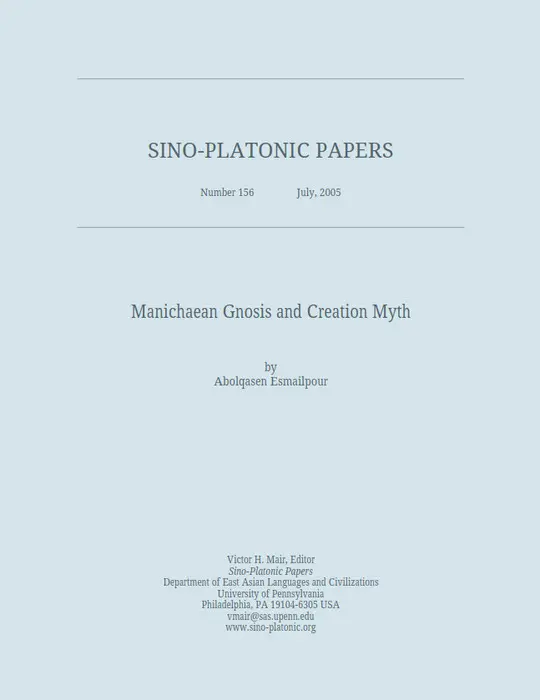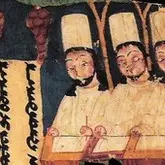
Manichaean Gnosis and Creation Myth
Esmailpour A.
Год :2005 Количество страниц :157 Язык :Английский Категория :Манихейство /Книги Скачать : PdfПоддержать :
Among various narratives of cosmology throughout the world Manichaean creation myth is undoubtedly unique and significant. In the first chapter, before entering the fantastic imaginary scenario of Manichaean creation myth, I attempt to shine a new light on the cultural, artistic and literary reflections of Manichaean Gnosis and its roots in Iranian culture as an introduction to an Iranian approach to Gnosticism.
However, my main motive is to supply various texts on creation myth or cosmogonical process in Manichaeism. In addition, I found it necessary to coordinate and reconstruct the myth based up on various multilingual texts, such as Parthian, Middle and Classical Persian, Sogdian, Syriac, Coptic, Uigurian, Chinese and Arabic texts, translating these into a fluent narrative. This is provided extensively hi the second chapter.
The third chapter, «Mani’ s Pictorial Manifesto», contains a pictorial analysis of Manichaean cosmogony based’ on the surviving texts, including Classical Persian fragments explaining the precious paintings, some of which survive on the walls of Manichaean monasteries, and also on silk, leather and paper materials found in historical sites in the oasis of Turfan in China.
In the fourth chapter, the role of a significant Manichaean deity, the Beloved of the Lights, in the Process of Cosmogony is discussed through a comp~rative study of Middle Persian, Parthian, Syriac, Coptic, Arabic and Farsi texts showing the deity as the first direct emanation of the Second Creation.
In the fifth chapter, Manichaean gods and goddesses mentioned in a unique classical Arabic treatise are discussed. The references to seven Manichaean deities are faced with their specific functions. Different functions and characteristics of the deities are surveyed and analysed through a study of the original Manichaean texts, which leads us to find some new specifications.
In the final chapter, Rumi’s prologue to the Mathnawi (the poet’s masterpiece of the world of mysticism) and its Gnostic roots in some surviving pieces of Middle Persian, Parthian and Coptic sources, especially hymns and prayers, as well as Manichaean psalms, the scope of a comparative study in which the motifs of pre-Islamic Gnostic hymns are analysed. At the end, this sheds a new light on the continuity of the Gnostic-mystical tradition in the broad realm of Christianity, Manichaeism and Islam.





